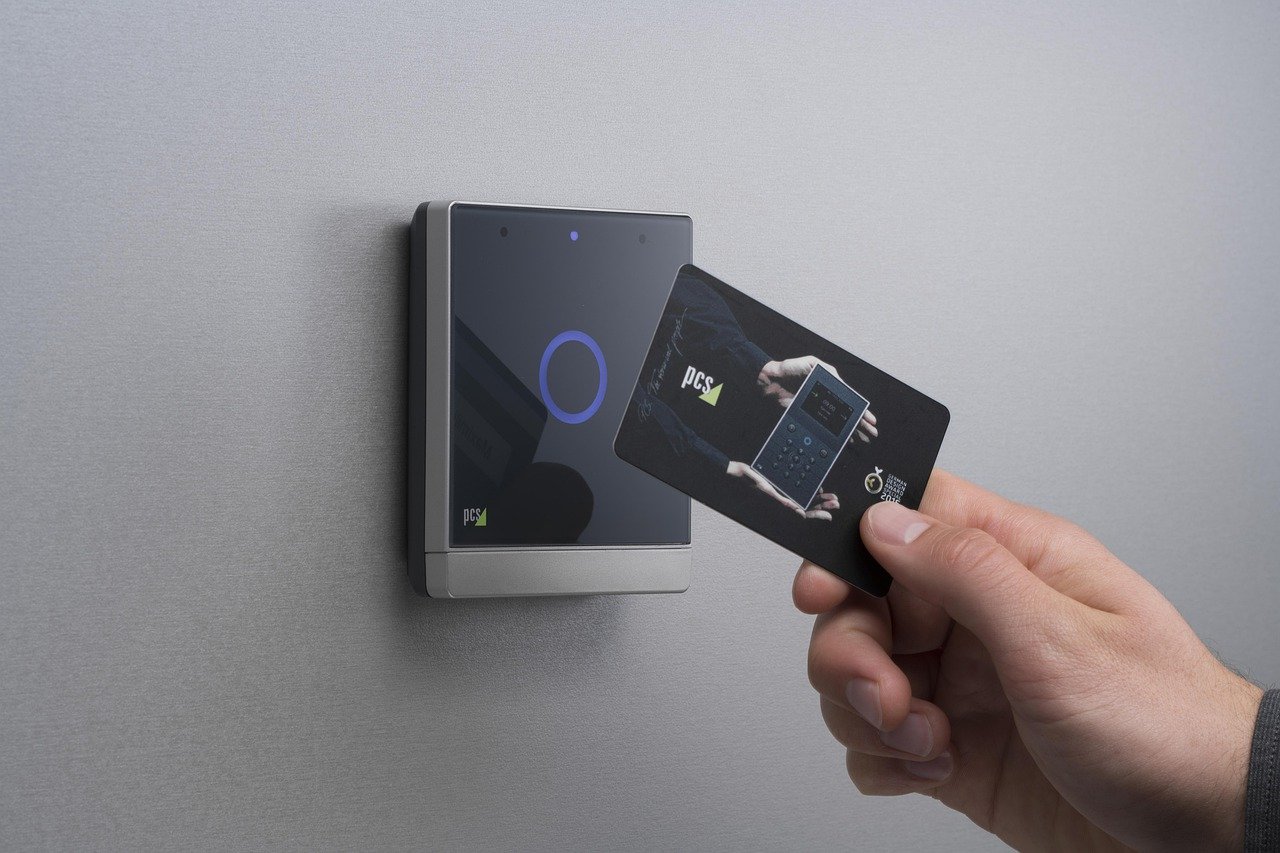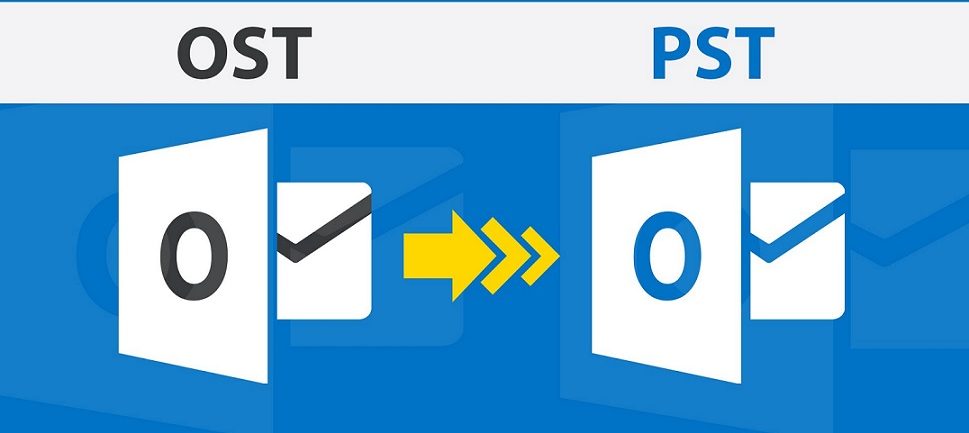In 2022, the manner in which customers are shopping has gone through a significant change. Technology and innovation have a sizable impact on the way shopping and online business exchanges occur, fundamentally changing how we perceive e-commerce. What’s more, the pandemic has provided additional impetus to completely transform purchase journeys and customer expectations.
The virtual shopping experience is fast emerging as customers’ preferred way of engaging with brands in the digital space. And, every business is jumping on this bandwagon to deliver the best possible customer experience. Physical stores are bringing the digital touch to the retail experience. At the same time, online-only businesses are well on their way to try and replicate the in-store environment in the virtual commerce space. This has made the combination of physical and digital (dubbed as Phygital) a business imperative. The complete union of physical and digital has given rise to Phygital. Phygital commerce not only bridges the gap between in-store and online shopping, but also increased conversions by making shopping even more convenient, accessible, and interactive.
Embracing the Digital Future With Phygital
The lines between the physical and digital worlds have become blurry now. The modern customer looks for digital technology in physical stores and personalized engagements in online stores. Take the following tech-enabled features, for example:
- Self-checkout counters
- Augmented reality/virtual reality-based trial rooms
- Live product demos anytime, anywhere
- Scan-and-go kiosks
- Dedicated sales rep in online shopping
- Real-time look and feel of products
- And more
These are no longer just good-to-have feature sets for your business. Rather, your customer experience can end up being defined by the presence, or lack thereof, of these capabilities. In addition to the fact that your clients expect this, your business must use this innovation to lead the market and steer clear of the competition.
Here’s Why Your Traditional Stores Need a Digital Shift
1. Hyper Personalization
The clients of today like to have their particular requirements and want to be met while exploring through a variety of accessible choices. It is important for retailers to understand the needs of their customers and to provide information designed to meet these needs. Phygital customer experience can counteract this by providing real-time, personalized communication and using pre-existing data and customer interactions to ensure meaningful communication at all times.
2. Allocation of Resources
Customer volumes vary according to different time periods, days, or seasons. It can be time-consuming and challenging for retailers to estimate the right number of employees needed for each of these times, thus risking staff shortages or overworked, exhausted employees. In addition to the fact that this can end up wasting valuable resources, it can also lead to an increase in cost and adversely impact the customer experience.
3. Demand Forecasting
It can be very challenging to manage the relationship between the demand for a particular product and its availability in your retail store and warehouses. Stores that do not have the right stock available at the right time can end up losing potential customers. This is especially true for younger shoppers since they do not want to spend even a little bit extra time waiting for you to restock the product. The phygital shopping experience can tackle this with ease since the digital version of the product is always on display and the customer does not need to spend any extra time before completing their purchase.
Unlocking the Digital Revolution: The Technology that is Transforming Online Shopping
1. Audio-visual Gear, Including Multi-Camera and Microphone Setup
Let’s start from the bare basics. You must leverage high-quality equipment such as multiple cameras, microphones, good lighting, etc. in order to appropriately display your products and service offerings digitally. This allows your customers to understand what your products look like in the real world and get a hands-on experience while shopping online. Setting up the infrastructure can be daunting; try getting on board a professional third-party vendor who already has this type of phygital infrastructure available and is ready to go live at the drop of a hat.
2. Artificial Intelligence and Machine Learning (AI/ML)
AI/ML can help you automate many of your processes and capture the relevant data in order to derive actionable insights. With the right set of capabilities, you can leverage AI/ML models to increase your online traffic, drive customer footfall, improve conversions, and nurture customer loyalty. AI/ML is able to do this and more by monitoring and analyzing customer information and data, including purchase history, demographics, buying behavior, personal preferences, etc.
3. Digital Kiosks
Digital kiosks are an easy-to-implement way to drive the digital experience in an offline setting. Such kiosks can be found in malls or shopping centers and use customer data and other information pointers in order to personalize a customer’s interaction with the kiosk and recommend suitable products. In addition to tracking customer data, such digital kiosks can also direct your customers to make purchases, offer any relevant discounts, and encourage customers to share their feedback, thus making it a wholesome shopping experience.
4. Augmented Reality and Virtual Reality (AR/VR)
It is almost impossible to talk about immersive and virtual shopping experiences without taking AR/VR into consideration. AR and VR-based technologies can enrich the customer experience and offer a holistic shopping experience across all channels. It adds an extra layer of product demonstration and virtual showcases that can greatly help your target audience get closer to making a purchase decision without the need to visit the store in person. Furthermore, it helps consumers to get accurate information and details about how to use the product or how it suits their needs.
5. Smart Shelf Technology
Smart shelf technology is a game-changer for the retail industry. Smart shelves use IoT and connected capabilities to monitor and manage your inventory for you. What this technology essentially does is that it keeps track of the inventory available on each shelf. When it detects that an item is out of stock, it activates a signal in the backend system to reposition the stock immediately. This allows store owners to make sure that their shelves are always appropriately stocked. Furthermore, it helps them to place orders in advance in case they need to purchase more stock for the warehouse.
Additionally, smart shelf technology can also determine which products are more popular among customers and have a higher demand, thereby helping businesses make informed decisions about providing discounts and managing overall inventory.
In a Nutshell
The modern consumer needs a phygital customer experience. Combining the goodness of traditional shopping with the convenience of online shopping, phygital is revolutionizing the way businesses will interact with their customers, now and in the future. Phygital commerce holds immense potential to deliver a personalized, immersive, and highly connected experience. Cutting-edge technologies such as AI/ML, chatbots, wearable devices, IoT, AR/VR, etc. are paving the way forward for the future of shopping.
To sum up, a phygital shopping experience makes sure that your customers are able to seamlessly engage with your brand across all channels and can complete their entire buying journey in a single instance. Phygital is the key to unlocking the future of shopping.
Author’s Bio:
Sukhdev Singh is a Digital Marketing Manager at Maxicus – A Business process outsourcing Service provider. Maxicus provide multiple business solutions like customer lifecycle management, Back office support, Tech Support, Image annotation and Virtual Shopping Experience.









